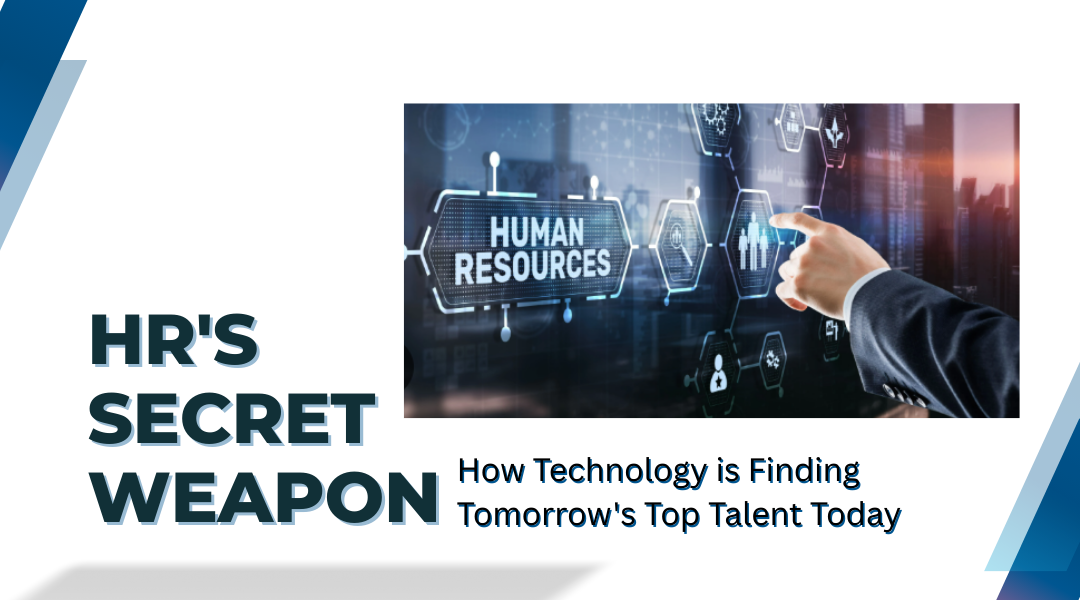Hiring has always been part art, part science. But in today’s hyper-competitive job market, gut instinct and endless resume piles just don’t cut it anymore. The smartest companies are using intelligent tools to uncover hidden gems in the talent pool—and the results are game-changing.
The Hiring Silence
We’ve all been there: Post a job, get hundreds of applications, and spend weeks sorting through them only to realize the perfect candidate might have slipped through the cracks.
Take the case of Boston-based marketing agency Willow & Reed. Their HR director, Mark, was struggling to fill a senior content role. The usual suspects—candidates with “content strategist” titles from big-name agencies—weren’t working out. Then their new system flagged someone unexpected:
- A former journalist with zero agency experience
- Who’d built a niche Substack with 20,000 engaged readers
- Whose writing samples showed exactly the voice they needed
Three months later, that hire led their most successful client campaign to date.
Why it worked: The technology looked beyond job titles to actual skills and impact—something human screeners often miss when drowning in applications.
The Unconscious Bias Trap (And How to Beat It)
Here’s an uncomfortable truth: We all have hiring blind spots. A major tech company recently discovered their engineering managers were consistently rating candidates higher when they:
- Mentioned specific hobbies (like rock climbing)
- Came from certain coding bootcamps
- Used particular phrasing in their applications
Their fix? An AI system that:
- Removes identifying details during initial screening
- Flags when evaluation patterns skew toward non-job-related factors
- Surfaces candidates who don’t fit the usual mold but have the right skills
The result: A 40% increase in diverse hires without lowering standards.
Predicting Who Will Thrive (Not Just Who Looks Good on Paper)
At Chicago hospital network MedStar, nurse retention was a constant struggle. Their old system prioritized candidates with:
- The most years of experience
- The highest GPAs
- The longest tenure at previous jobs
Then they analyzed their top performers and found the real predictors of success were:
- Experience in customer service roles (even unrelated ones)
- Specific volunteer work
- Patterns in how candidates described past challenges
Now they find nurses who stay 30% longer in the role.
The Human Touch Still Matters Most
The key isn’t replacing human judgment—it’s arming HR teams with better insights. Consider:
- The candidate whose resume gap was actually time building an app that failed (showing entrepreneurial grit)
- The quiet applicant whose coding challenge solutions were elegantly simple
- The internal employee whose skills data suggested they’d thrive in a completely different department
What forward-thinking HR leaders are doing differently:
- Using technology to handle the grunt work (screening, scheduling, paperwork)
- Training systems on their actual top performers—not generic ideal candidates
- Regularly auditing what the tech might be missing
- Keeping final decisions firmly in human hands
The Bottom Line
This isn’t about fancy algorithms or replacing recruiters. It’s about using smart tools to:
- Find talent we’d otherwise overlook
- Remove our own unconscious filters
- Spend more time on what matters—really getting to know candidates
The companies winning the talent war aren’t those with the most high-tech systems, but those using technology to make more human decisions. After all, the goal was never to process applications—it was to find people who’ll help build the future.
Final thought: The next time you’re reviewing candidates, ask yourself: “If the perfect hire applied today, would our system—and our team—recognize them?” That’s the question separating good HR from truly strategic talent leadership.
